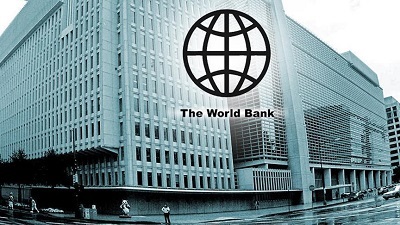
The World Bank has charged African countries including Ghana, Zambia and Angola with high debt levels to urgently improve debt transparency, its 2021 Africa Pulse Report has revealed.
It therefor wants the countries to publish more and better debt data as well as improve contingent liability reporting.
“Improving debt transparency remains critical. In particular, African countries need to collect and publish more and better debt data and improve contingent liability reporting, ” the report said.
“It is imperative to continue building government staff capacity for improved debt management, including for audits and internal controls”, the report explained.
Ghana’s debt hit ¢335.9 billion in July 2021, about 76.4 per cent of GDP.
The foreign debt was estimated at $28 billion in July 2021, whilst the domestic debt was ¢173.9 billion in July 2021, from ¢170.8 billion in May 2021.
Already, the World Bank and the International Monetary Fund have cautioned Ghana to slow down its rate of borrowing.
The World Bank also said fiscal deficits of most African economies would remain invariant or unchanged in 2021.
This means that Ghana’s large fiscal deficit to GDP of 11.7 per cent in 2020 may not change that much.
“Fiscal deficits are expected to remain invariant in 2021, although they will narrow significantly in resource-rich countries. The fiscal deficit of Sub-Saharan Africa is expected to remain invariant at 5.4 per cent of GDP in 2021, although it is expected to narrow to 4.5 per cent of GDP in 2022 and 3 per cent of GDP in 2023,” the report said.
“Across country groups in the region, the fiscal deficit is expected to decrease among resource-rich countries (both oil and metal and mineral exporting countries) while it remains unchanged among non-resource-rich countries”, the report said.
Meanwhile, fiscal deficits in oil-rich countries are expected to narrow from 2.1 per cent of GDP in 2020 to 1.2 per cent of GDP in 2021 on the back of rising revenues from the oil sector.


